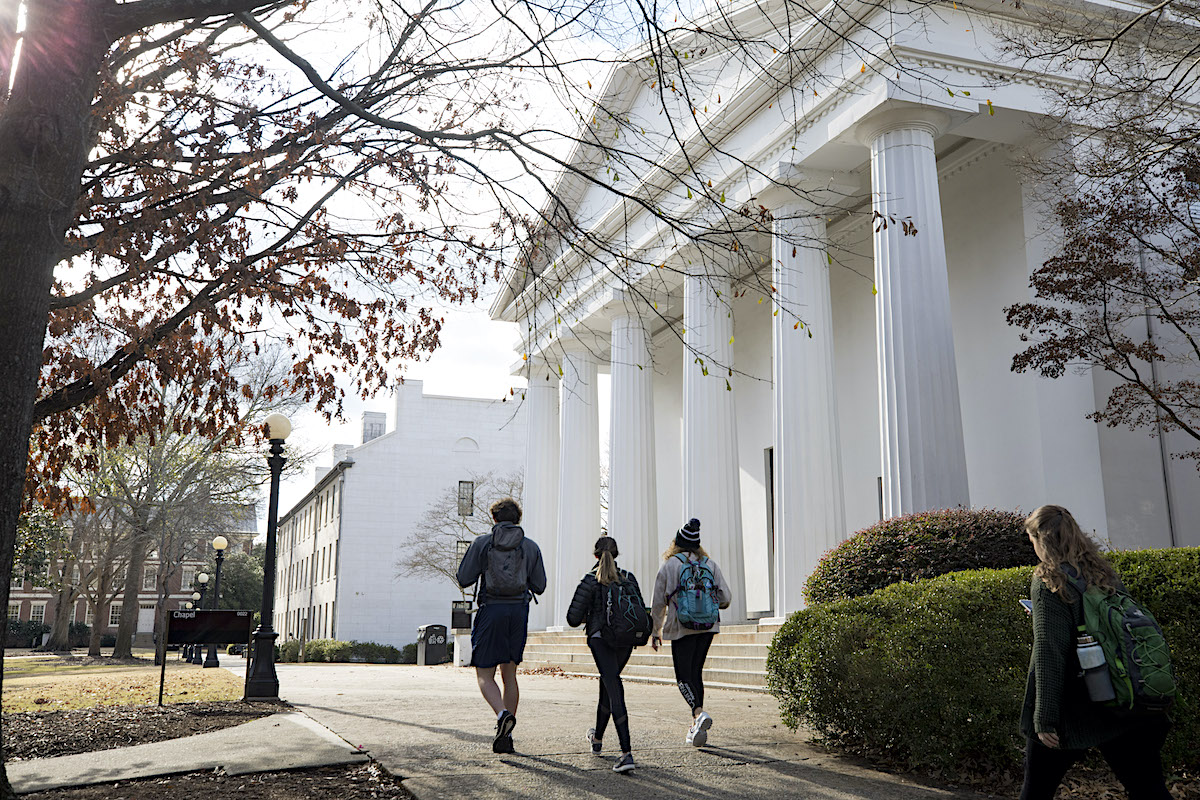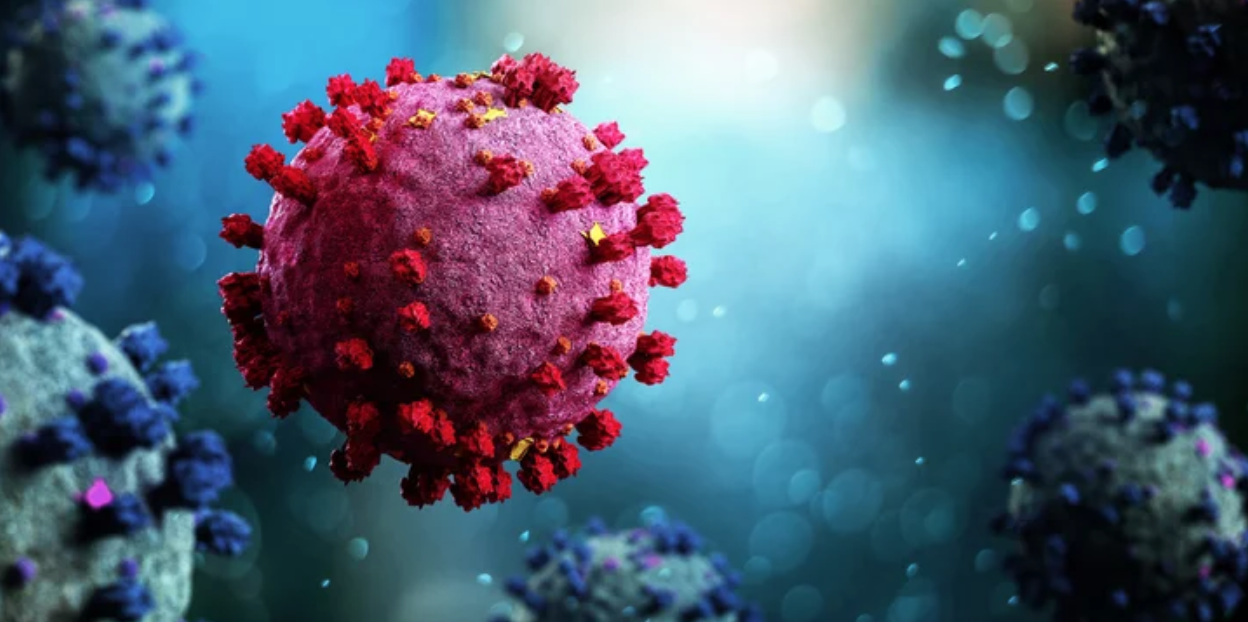
About 400 University of Georgia faculty, staff, and students have tested positive for COVID-19, health officials on the Athens campus say.
UGA has the third-highest total among U.S. colleges, according to a report Wednesday by the New York Times.
The two leading universities, the University of Texas in Austin and the University of Central Florida, are in states that, like Georgia, have been hit hard recently by the virus.
The article listed Georgia Tech as tied for 14th, with 94 coronavirus cases.
The two universities, on their websites, report higher COVID-19 numbers than those in the Times article.
Still, the case totals come as colleges prepare to open campuses to large numbers of students for fall semester.
The Times said it surveyed all public four-year colleges, as well as private institutions that compete in Division I sports or are members of an elite group of research universities. The survey revealed at least 6,300 cases tied to about 270 colleges over the course of the pandemic.
There is no standardized reporting method for cases and deaths at colleges, and the information is not being publicly tracked at a national level, the Times reported.
At UGA, the University Health Center website said that as of Tuesday, ‘’we are aware of a total of 399 UGA faculty, staff, and students who have tested positive for COVID-19.’’ It did not provide a breakdown of the numbers in each of those categories. (The Times story lists 390 total cases.)
 University officials noted that the case count is a cumulative total dating back to March, and not a daily snapshot.
University officials noted that the case count is a cumulative total dating back to March, and not a daily snapshot.
“It is not uncommon for the Health Center to be informed of a case in another location weeks after a person has received test results, and a cumulative total necessarily includes individuals who have recovered,’’ the website states. “Thus, this figure should not be viewed as an accurate barometer of the current status of COVID-19 at UGA’s main campus.’’
A spokesman for UGA, Greg Trevor, emphasized that the COVID-19 numbers do not reflect current totals. He criticized the Times report as misleading.
He also pointed out that the Times said in a note in its story that “colleges and government agencies report this data differently, so exercise caution when comparing institutions.”
‘’Universities should not be punished for transparency,’’ Trevor said.
The University System of Georgia, which includes UGA and Georgia Tech as well as numerous other institutions, announced earlier this month that it had reversed its previous stance and will require students and faculty to wear face coverings in classrooms and other campus facilities if social distancing can’t be done.
“The number of cases do not surprise me at all — in fact, they are likely an order of magnitude lower than actual cases given the high prevalence of asymptomatic cases and the delay between testing and results returning,’’ said Grace Bagwell Adams, associate professor of health policy and management at the UGA College of Public Health. “We are in a situation where cases in our county are growing exponentially over a short period of time.’’
“This is worrisome for the fall semester,’’ Adams added. “We will have an additional 40,000 individuals coming to the community, and given that we are in an intense period of community spread, the only direction cases will go for the foreseeable future is up.’’
She noted that the hospital capacity in the Athens area “is already severely strained.’’ The AJC reported that all ICU beds of the Athens region’s 12 counties have been full since Friday, according to state figures.

From GPB
Adams also pointed out that the time it takes to get COVID-19 test results – often at least a week – is too long, because many people won’t self-isolate or change their behavior during the wait.
“It would be more encouraging if all students returning to USG campuses would be tested immediately upon arrival and then self-quarantine until they got their results, and if [they test] positive, then to follow clinical guidelines from the CDC,’’ she said.
Each campus should have a system of robust testing, with results ready within 24-72 hours, plans for isolating presumptive and confirmed cases, and contact tracing in partnership with the Department of Public Health, Adams added.
A Georgia Tech spokesman pointed to a university website that shows the Atlanta school with 140 cases, not the number the Times reported. Tech’s numbers are broken down between staff and students, with the two categories about equal. The school also gives a description of each case.
“I’m very concerned with the students being invited back to campus with, I think, false assurances of safety,” said Janet Murray, a professor of digital media and associate dean for research in the liberal arts at Georgia Tech, according to WABE.
“I don’t think that we can do the kind of measures that are needed in order to really control the pandemic on campus to a sufficient degree.”
‘Red zone’ recommendations
Georgia is among 21 states deemed to be in a “red zone,’’ a designation that calls for aggressive steps to slow the spread of the virus, according to a federal report shared with state officials by the White House coronavirus task force.
Such states should require the use of masks “in all current and evolving hot spots – optimally a statewide mandate,’’ the report says. Another recommendation: Close businesses where social distancing and mask use can’t occur, such as bars and nightclubs.
 Masks have been a hot-button issue in Georgia, with several cities mandating their use. Gov. Brian Kemp has encouraged mask wearing in public, but has sued Atlanta Mayor Keisha Lance Bottoms over the city’s requirement of face coverings and its restrictions on businesses, saying they exceed state requirements.
Masks have been a hot-button issue in Georgia, with several cities mandating their use. Gov. Brian Kemp has encouraged mask wearing in public, but has sued Atlanta Mayor Keisha Lance Bottoms over the city’s requirement of face coverings and its restrictions on businesses, saying they exceed state requirements.
The states in the “red zone” — Alabama, Arizona, Arkansas, California, Florida, Georgia, Idaho, Iowa, Kansas, Louisiana, Mississippi, Missouri, Nevada, North Carolina, North Dakota, Oklahoma, South Carolina, Tennessee, Texas, Utah and Wisconsin — each had more than 100 new cases per 100,000 people in the past week.
In a related matter, the chairman of a U.S. House coronavirus subcommittee sent Gov. Brian Kemp a letter Wednesday saying Georgia is not in compliance with White House COVID-19 task force recommendations and requesting detailed plans for dealing with the pandemic, the AJC reported.
Rep. James Clyburn (D-S.C) said Georgia is not following at least six recommendations from the Task Force, including mask mandates, strict limits on indoor dining and tighter restrictions on social gatherings.
Changes to state virus map applauded
A new map on the Georgia Department of Public Health website is a major improvement in showing the recent spread of COVID-19 on counties, health experts say.
That map shows growth of cases per 100,000 people over the past two weeks, not just cumulative numbers. The original map also constantly raised its benchmarks for the most severely hit areas, critics said.
Georgia Health News highlighted criticisms of the map last week, where just four counties were in red, meaning they were most severely affected. The new two-week rate map shows many more counties in dark red or red.
These changes are designed to make the dashboard more user-friendly while providing an accurate picture of COVID-19 in Georgia, Public Health officials said.
 Matt Hayat, a biostatistics expert at Georgia State University’s School of Public Health, said that “the graph of COVID-19 by county is more informative about the situation. This is much improved and more accurately reflects the severity of the outbreak across Georgia.”
Matt Hayat, a biostatistics expert at Georgia State University’s School of Public Health, said that “the graph of COVID-19 by county is more informative about the situation. This is much improved and more accurately reflects the severity of the outbreak across Georgia.”
The website also has updated charts for cases and deaths over time.
The AJC said the website’s coronavirus case and death charts previously left some viewers with the impression that cases and deaths were falling dramatically in the most recent 14 days, when that time period lacked complete data because of lag times in reporting of confirmed cases and deaths.
Dr. Melanie Thompson, an Atlanta physician who has been critical of the state’s response to the pandemic, said she was pleased by the changes on the Public Health website.
“The old epidemic curves using backdating for cases and deaths caused a lot of confusion among the lay public because they always appeared to be improving over the most recent 2 weeks due to incomplete data,’’ Thompson said. “Now DPH has added typical curves for reported cases and deaths per day.’’
She said Public Health should also provide visual data on hospitalizations and ICU use. “Inexplicably, the state doesn’t even present the change in ICU use per day, as they do for cases, deaths, and hospitalizations,’’ Thompson added.
“And the state is still failing to collect adequate data on race and ethnicity, especially from large commercial labs. This is very challenging, but it can and should be done.’’




